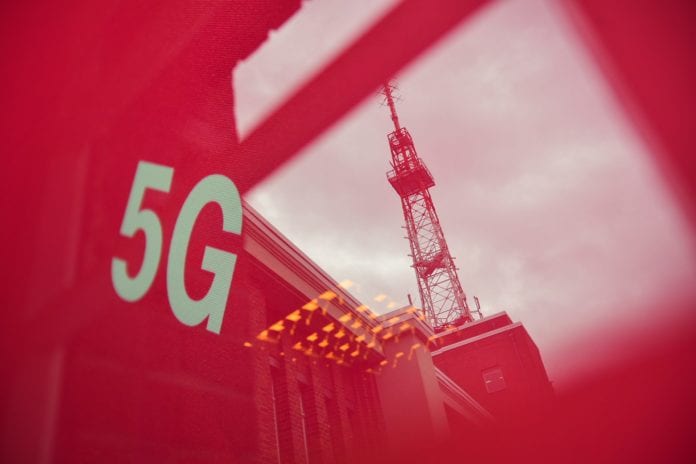German operator Deutsche Telekom has carried out a video call at its first 5G Standalone site, the company said in a statement.
The company installed a 5G Standalone site in Garching to make the call to Bonn. The call latency was 13 milliseconds.
The primary 5G technology currently deployed in Germany is based on the 5G Non-Standalone (5G NSA) network architecture, which means that current’s 5G offerings are still technically dependent on a simultaneously available 4G network (LTE). With 5G Standalone, the infrastructure in the core network will also be fully upgraded to a new, cloud-based 5G architecture, the telco said.
“Our goal is to continue to actively shape the future of mobile communications. 5G standalone is important to be able to use technologies such as network slicing or edge computing,” said Claudia Nemat, board member for technology and innovation at Deutsche Telekom.
Last month, Deutsche Telekom installed that first 5G Standalone antenna in Garching, which is near Munich, to carry out trials of this technology.
Deutsche Telecom connected the antenna to a 5G Standalone core network via cloud infrastructure.
Subscribe now to get the daily newsletter from RCR Wireless News
The German operator also noted that the infrastructure in the core network will also be fully upgraded to a new, cloud-based 5G architecture.
The operator previously noted that there are currently no terminals for customers that support 5G Standalone. The telco is therefore conducting the first tests with special development software on commercially available devices. The goal is to test various connections and applications that function completely standalone and without the support of 4G in the coming weeks.
The company said that its current 5G network already provides coverage to 68% of the German population with the target to reach 80% of the population by the end of this year.
Deutsche Telekom previously said its technical teams have already upgraded a total of 45,000 antennas for 5G services during 2020.
Deutsche Telekom is using multiple frequencies for its 5G expansion. The focus is on the 2.1 GHz and 3.6 GHz frequency bands. At the end of last year, 5G was available in 26 cities on the 3.6 GHz frequency following the deployment of nearly 1,000 antennas in Aachen, Augsburg, Berlin, Bonn, Braunschweig, Bremen, Darmstadt, Dortmund, Duisburg, Düsseldorf, Essen, Frankfurt/Main, Hamburg, Hanover, Jena, Kiel, Cologne, Leipzig, Ludwigsburg, Munich, Nuremberg, Saarbrücken, Schwerin, Stuttgart, Wiesbaden and Wolfsburg.
The telco kicked off the rollout of its 5G network in a limited number of cities across Germany at the beginning of July 2019.

